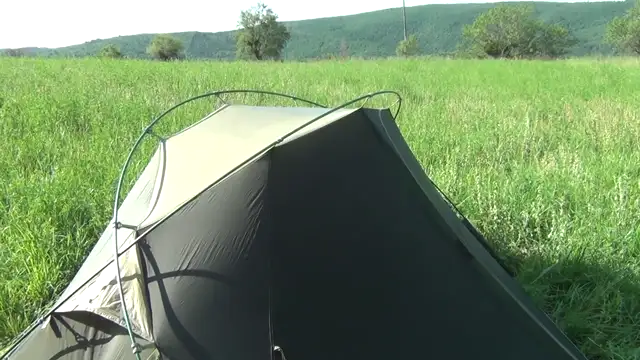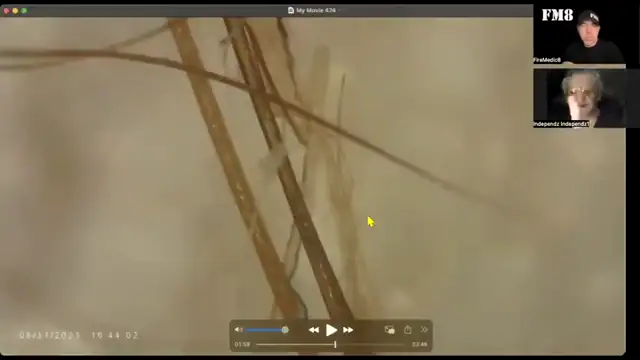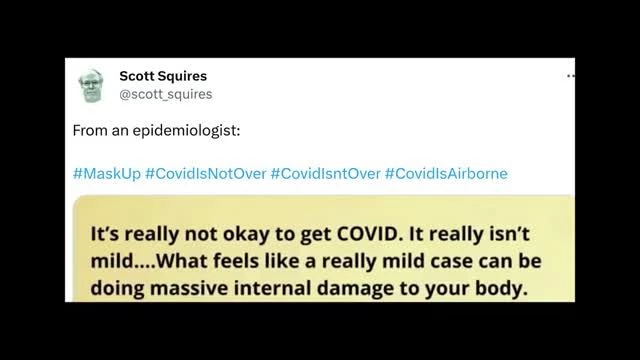
justmec
Offline
Online
תאריך הוספה (חדש)
הסרטונים שלי
(Sean Hross) Swissconsin (21-11-2023)
(Sean Hross) Swissconsin (21-11-2023)
21 nov 2023
So, let's team up together, and you all call up the Texas lawyer Kathleen Zellner and send her this video about the Deep State in the Swissconsin court case scandals.
https://www.youtube.com/watch?v=kV4pPcOaVGA
21 nov 2023
So, let's team up together, and you all call up the Texas lawyer Kathleen Zellner and send her this video about the Deep State in the Swissconsin court case scandals.
https://www.youtube.com/watch?v=kV4pPcOaVGA
EyesIsWatchin Podcast 120 - Digital Concentration Camp, GMOs, HAARP, Extreme Weather Events (19-11-2023)
Israeli Regime Launches Indiscriminate Unprovoked Air Strikes On Civilian Buildings in Gaza (07-10-2023)
WHO new Pandemic Treaty is TERRIFYING and almost here Redacted with Natali and Clayton Morris (30 sep 2023)
Europe is under attack Illegal alien invasion just getting started Redacted w Clayton Morris (27-9-2023)
(06-august-2023) EyesIsWatchin Podcast 107 - X App, Zombie Viruses, Climate Boiling, Mass Myocarditis
אודיו
תמונות
No Playlist Found
This user does not have any תוכניות
























































